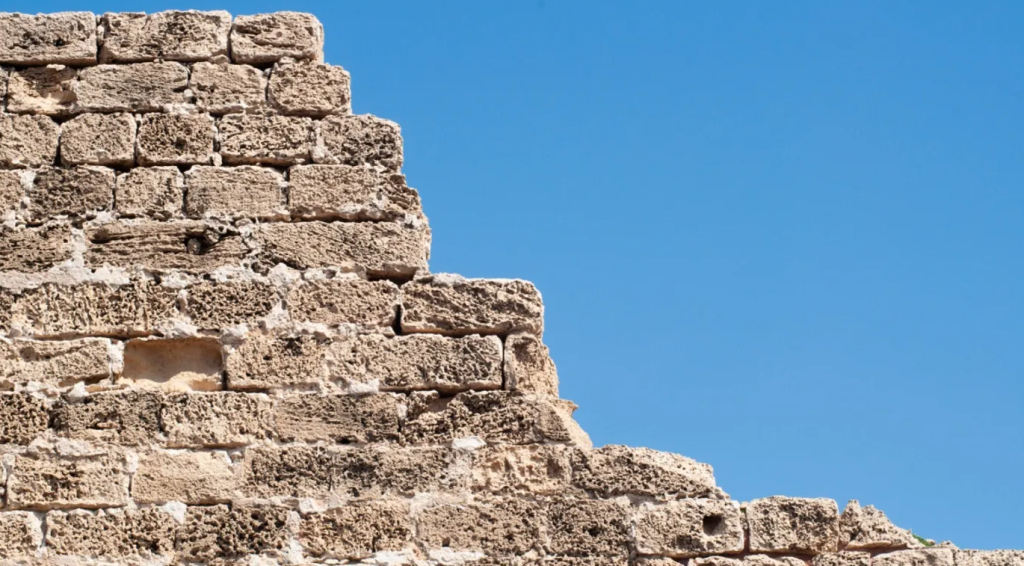Recent archaeological discoveries have provided compelling evidence supporting historical narratives found in biblical texts. A significant finding in Jerusalem has led experts to reassess long-held beliefs about the city’s ancient fortifications and their origins.
Reevaluation of Jerusalem’s Ancient Wall
For many years, scholars attributed a substantial section of Jerusalem’s defensive wall to King Hezekiah, who ruled Judah in the late 8th century BCE. This construction was thought to be a strategic response to the Assyrian threat following the fall of the neighboring Kingdom of Israel. However, recent research suggests that this wall may have been built earlier, during the reign of King Uzziah, Hezekiah’s great-grandfather, in reaction to a significant earthquake—a scenario that aligns with biblical descriptions.

Scientific Dating Techniques
A collaborative effort involving the Israel Antiquities Authority, Tel Aviv University, and the Weizmann Institute of Science employed advanced carbon-14 dating methods to determine the wall’s age. By analyzing ancient tree rings from Europe, researchers overcame previous challenges related to fluctuating atmospheric carbon levels, achieving unprecedented dating accuracy. These findings indicate that the wall’s construction predates Hezekiah’s reign, prompting a reevaluation of Jerusalem’s historical timeline and defensive strategies.
Biblical Correlations
The Old Testament, particularly the Second Book of Chronicles, details King Uzziah’s fortification efforts, mentioning towers built at strategic points in Jerusalem. These descriptions correspond with the archaeological evidence uncovered, lending credibility to the biblical accounts of the city’s defenses and infrastructure during that period.
Implications for Jerusalem’s Development
Beyond revising the chronology of Jerusalem’s fortifications, this research offers insights into the city’s demographic and spatial growth. Contrary to earlier beliefs that linked Jerusalem’s expansion primarily to external factors like an influx of refugees after the Assyrian exile, the new findings suggest that internal developments within Judah significantly contributed to the city’s growth. This perspective challenges established narratives and highlights the importance of internal dynamics in shaping Jerusalem’s ancient landscape.
Broader Historical Context
This study not only enhances our understanding of Jerusalem’s architectural history but also sheds light on its significance during pivotal historical periods. By identifying specific structures and correlating them with biblical narratives, researchers illuminate the city’s prominence during the reigns of notable figures such as David and Solomon. This enriches our comprehension of ancient Judean history and underscores Jerusalem’s enduring legacy.
Reflections on the Kingdom of Judah
The findings also provide valuable perspectives on the Kingdom of Judah’s resilience and cultural heritage. As the kingdom faced various challenges, including eventual conquest and destruction by the Babylonians, insights from this research highlight its enduring significance in the ancient Near Eastern context.

In summary, the recent archaeological discoveries in Jerusalem offer tangible evidence that supports and enriches biblical narratives. These findings underscore the dynamic interplay between archaeological research and historical texts, deepening our understanding of the ancient world and its enduring legacies.

















